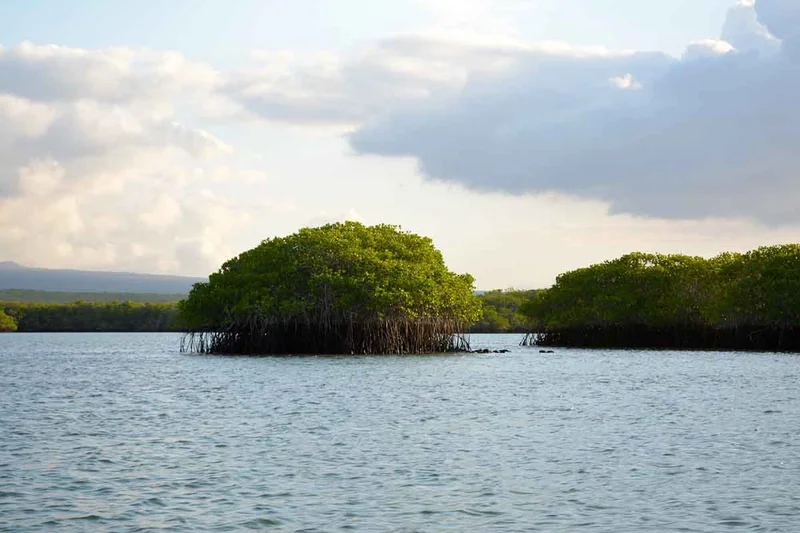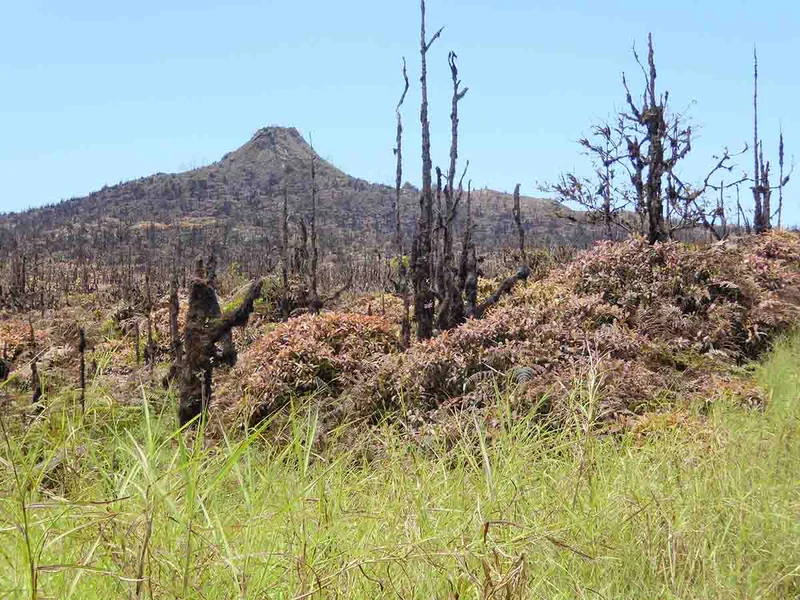
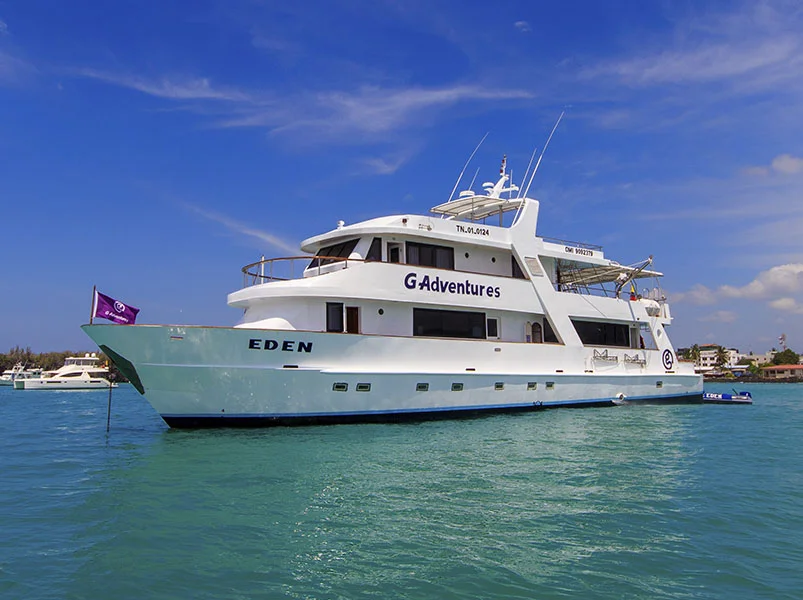
5 Day Galapagos Itinerary
Day 1: Baltra Airport & Santa Cruz Island: Bachas Beach
Take an early flight to the Galápagos Islands. Head to Bachas Beach to see Sally Lightfoot crabs, flamingos and sea lions.
Santa Cruz Island: Bachas Beach
Head to Bachas Beach where the sand is made of decomposed coral, making it soft and white, and a favourite site for nesting sea turtles. Spot abundant Sally Lightfoot crabs on the lava rocks along the water's edge -- these crabs will eat anything they can get their claws on! Trek to see a wide range of wildlife, including flamingos, hermit crabs, black necked stilts, and sea lions.
Day 2: Genovesa Island: Darwin Bay & El Barranco
Visit Darwin Bay and marvel at the sheer number of birds along the many trails. Head to El Barranco in the afternoon to see the many types of boobies, including red-footed boobies.
Darwin Bay
Visit this sunken caldera for a great snorkelling opportunity. See large schools of tropical fish swarming near the vertical walls, and, if lucky, see a manta ray or hammerhead.
Walk along the white coral sands of Darwin Bay surrounded by bustling sea birds. Follow the trail and see nesting frigatebirds, gulls, and boobies. Be sure to bring your camera to take some snaps of your new feathered friends.
El Barranco
Visit "El Barranco" aka Prince Phillip's Steps located on the southern tip of the island for an amazing wildlife watching opportunity. Hike up the steps to see a sea bird colony that is full of life including the breeding grounds for red-footed boobies and masked boobies.
Day 3: Bartolome Island & Santiago Island: Sullivan Bay
Visit Bartolomé for a guided tour to see the island's dramatic volcanic features. Continue to Sullivan Bay on Santiago Island to witness the giant lava formations contrasting the white-coral-sand beach.
Bartolomé Island
Hike to Bartolomé's summit for a stronger perspective of the islands' not-toodistant volcanic origins, and enjoy a panoramic view – it’s one of the best among the islands! See other Galápagos Islands in the distance as well as Pinnacle Rock, the island’s famous towering landmark.
Take the opportunity to swim and snorkel around Pinnacle Rock, one of the most iconic volcanic rock formations on the islands. Home to Galápagos penguins, friendly sea lions, sea turtles, and a huge variety of fish, Bartolomé and its surrounding waters are a fantastic place to explore the natural wonders of the Galápagos.
Sullivan Bay
Visit Sullivan Bay on Santiago Island to see one of its star natural attractions – striking and fascinating giant lava formations. Very few plants have managed to survive on this island due to its harsh environment and relatively new lava flow. Enjoy a walk along the lava formations before coming to a white-coral sand beach, where abundant Sally Lightfoot crabs and sea lions gather on shore.
Day 4: Santa Cruz Island: Black Turtle Cove & Cerro Dragon
Search for marine life in the mangroves at Black Turtle Cove by panga, after, spot a variety of birdlife at Cerro Dragón.
Black Turtle Cove
Explore the mangroves by panga to find rich marine wildlife between the fresh and salt waters. Keep any eye out for manta rays and sea turtles in this tranquil ecosystem. Whitetip reef sharks can also be seen gliding by.
Cerro Dragón
Visit Cerro Dragón (Dragon Hill) for some prime birdwatching. Take a short walk from the beach to a hypersalinic (saltier than the ocean) lagoon frequented by pink flamingos, common stilts, pintail ducks, and other species of birds. Pass through a Scalesia tree forest; endemic to the area, there are only 400 specimens of Scalesia trees left in the world.
Day 5: Santa Cruz Island: Charles Darwin Station & Transfer out
Disembark in Puerto Ayora and visit the Charles Darwin Research Station to see the giant Galápagos tortoises. Fly back to Quito.
Visit Fausto Llerena Breeding Center a great place to observe many species of tortoises and land iguanas in captivity. Brought back from the brink of extinction, see the famous Galápagos tortoise up close – a corral houses adult tortoises, and a nursery cares for the young until around age three when their shells have hardened.
This area also houses the Charles Darwin Research Station, a scientific organization initiated in 1964, which works to preserve the Galápagos' ecosystem through the conservation efforts of scientists, researchers, and volunteers. While the offices themselves are not open to visitors, the research station provides a study location for international scientists and environmental education for the local community.

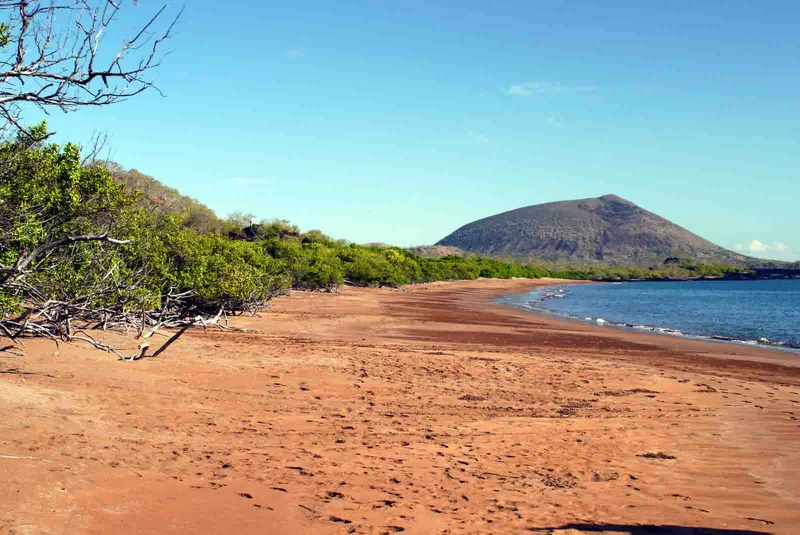
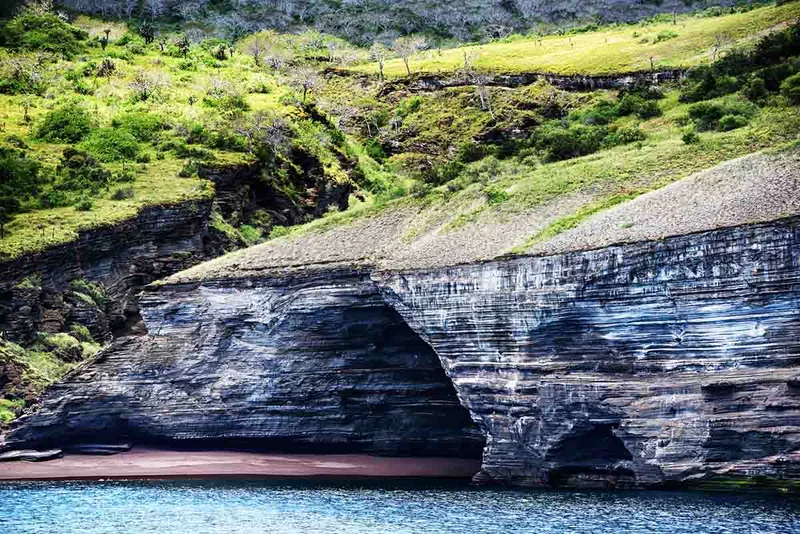
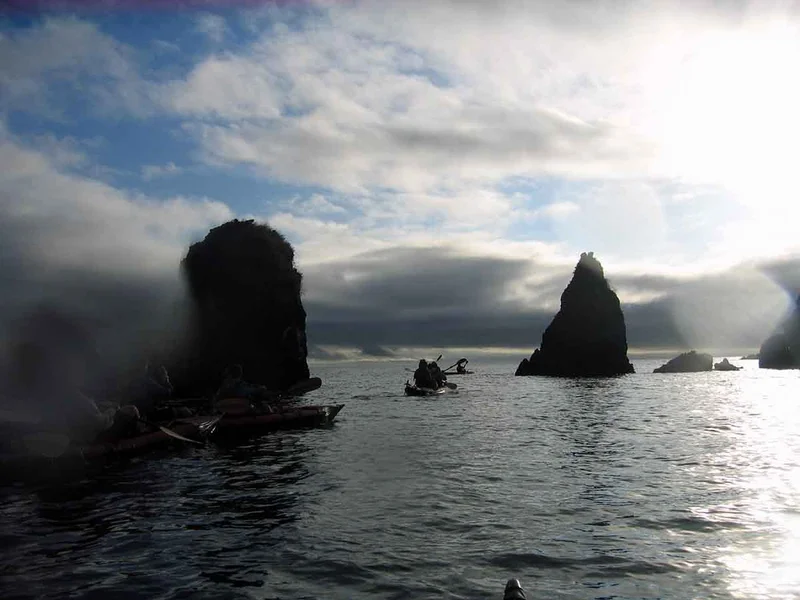
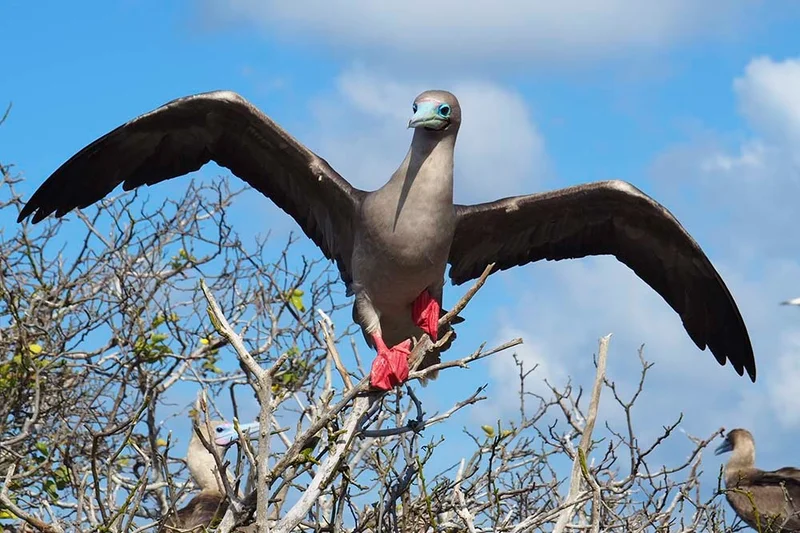

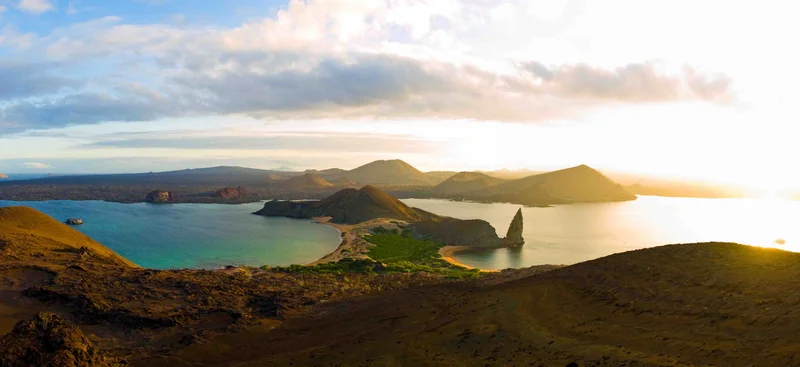
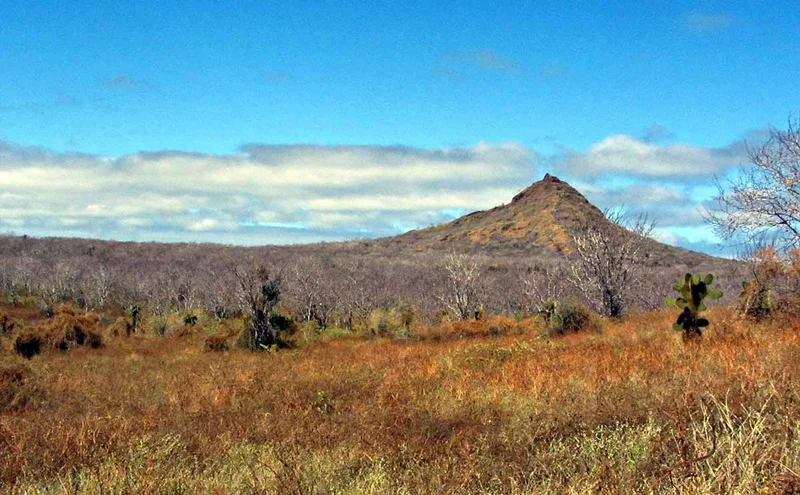
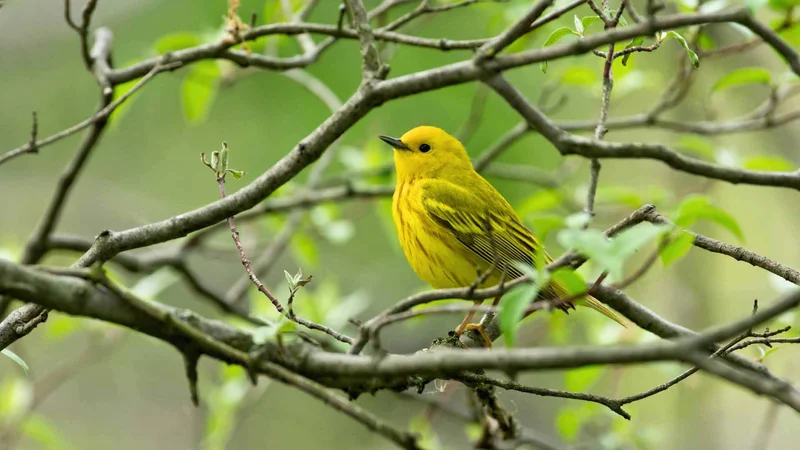
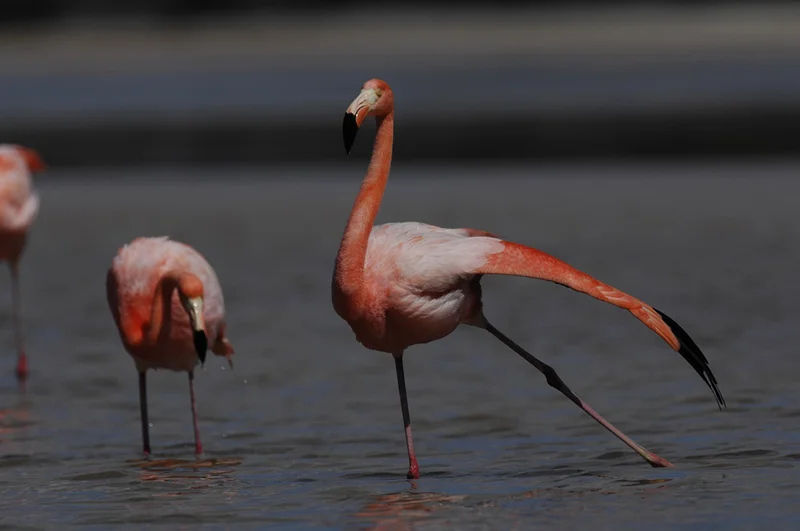

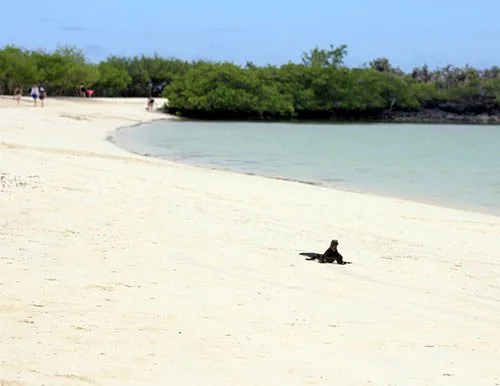

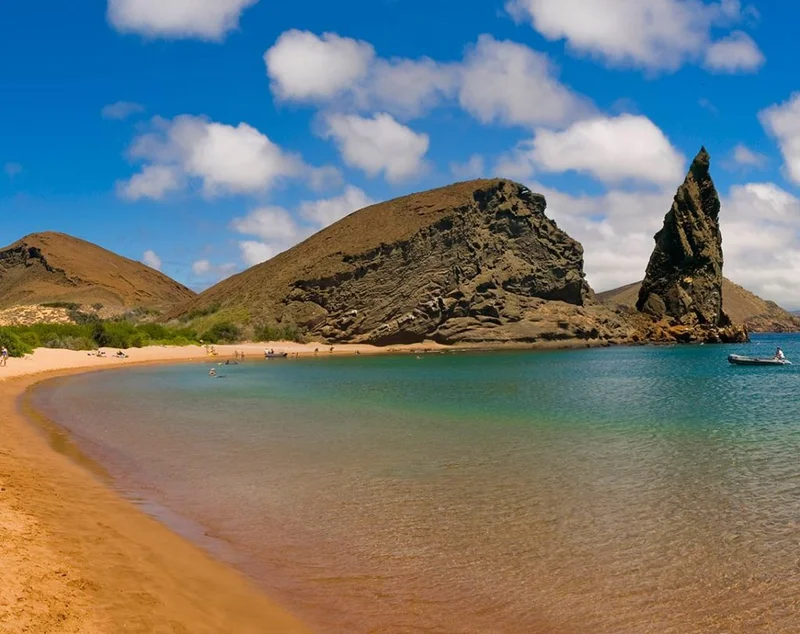
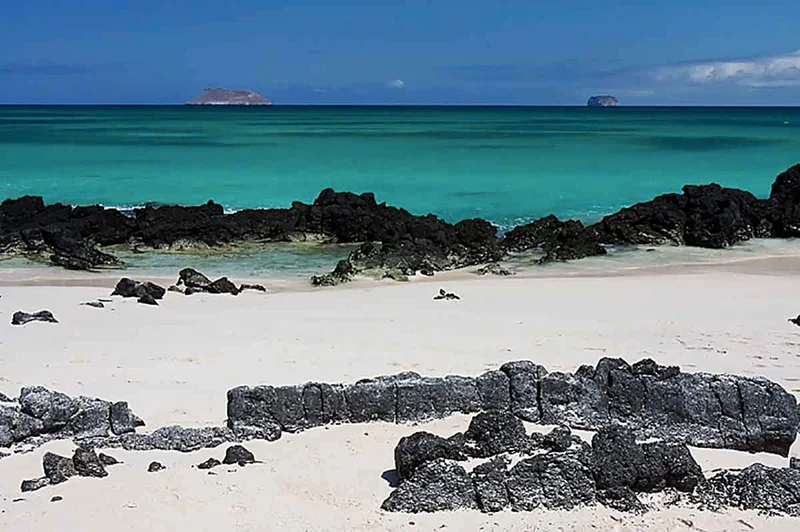
5 Day Galapagos Itinerary Includes
- All programed visits as per itinerary with specialized naturalist bilingual guide.
- Accommodation in twin/double cabin with private facilities (surcharge for suite).
- All meals on board, drinking purified water, coffee and tea.
- Snorkeling equipment (fins, mask & snorkel) & sea-kayaks.
- Transfers within the islands on cruise dates as per itinerary.
- Personalized 24/7 assistance during tour.
5 Day Galapagos Itinerary Does not Include
- Airfare to/from Galapagos from/to Mainland Ecuador (to be added).
- Galapagos National Park Entrance Fee USD 200 per person (in cash only upon arrival).
- Galapagos Migration Card US$20 in cash per person (at Mainland’s Airport).
- Alcoholic/soft drinks, personal expenses, extras, and tips.
- All sizes wet-suits for rent on board (in cash).
- Travel, medical & cancelation Insurance and any services on Mainland.
- Other services not specified in the program.
5 Day Galapagos Itinerary Highlights
- Exciting bird watching opportunities in Cerro Dragón and Darwin Bay where you can see a variety of different species of feathered wildlife found in the Galápagos.
- Have snorkeling adventures with tropical fish, playful sea-lions, and other exciting creatures.
- Experience the peaceful tranquility of the majestic mangrove forest.
- Witness the magnificence of the waved Albatrosses at Española.
- Take in and enjoy the amazing views while sailing on board your Yacht from the sundeck
Itinerary Map
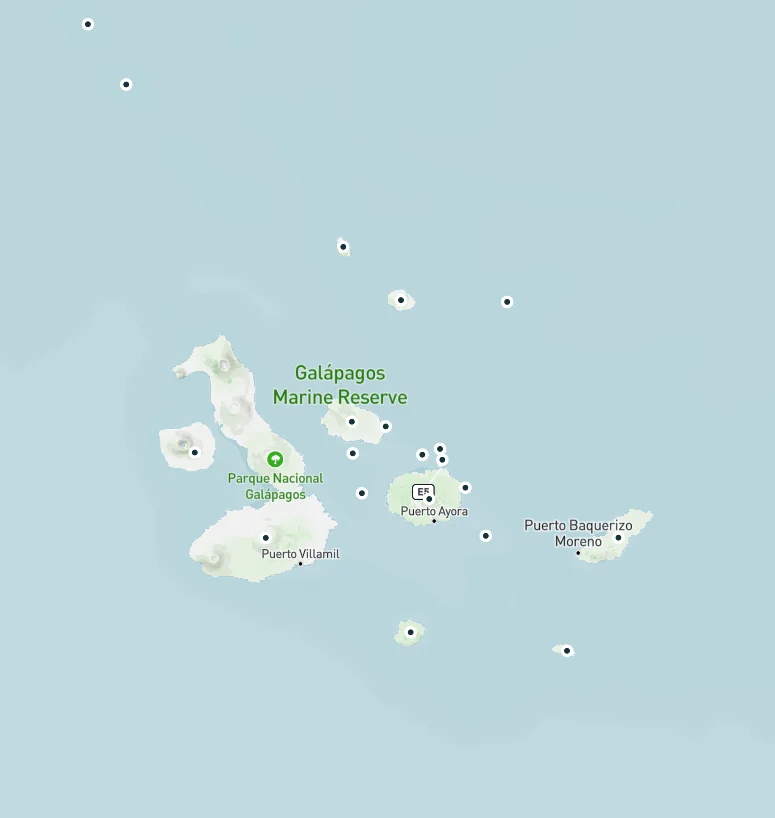
Reviews
Itinerary E - Eden Yacht
Why travel with us?
Similar Itineraries
